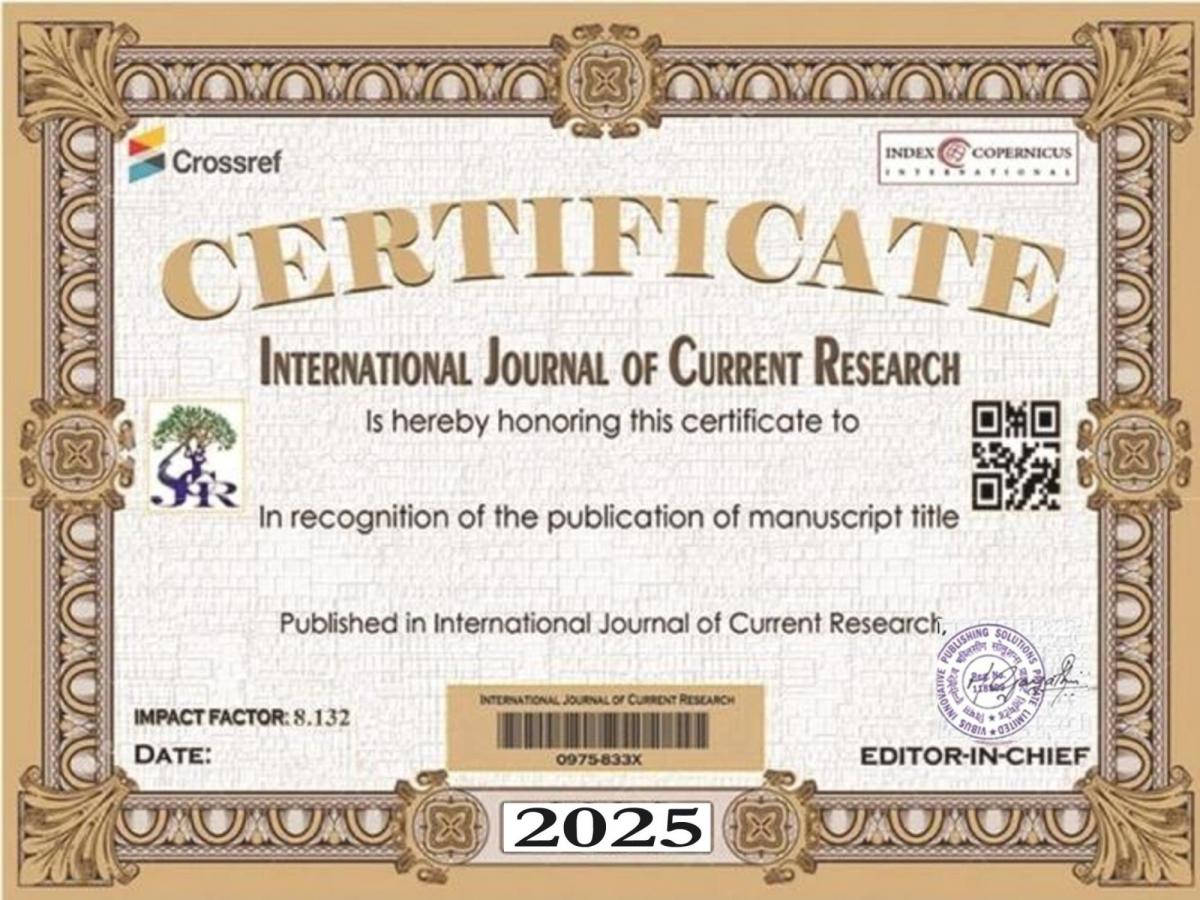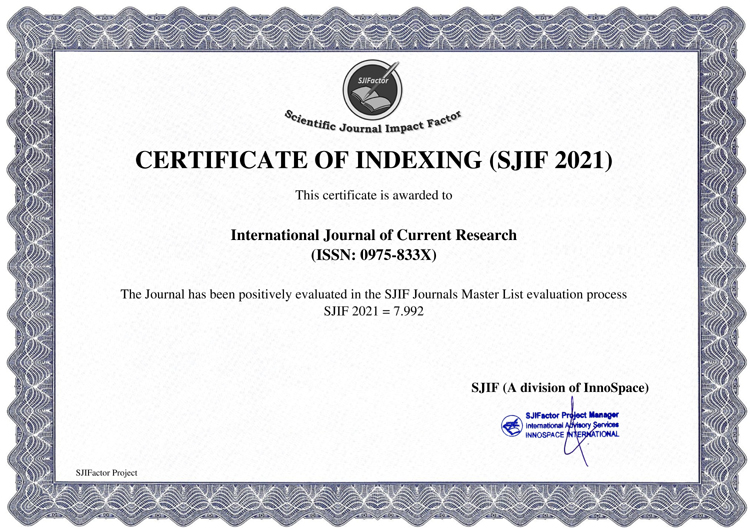Anise belongs to the family Apiaceae (also known as Umbelliferae or parsley family), the genus Pimpinella, and the species Pimpinella anisum . The word "anise" has a complex etymology, tracing back to ancient Greek and ultimately to a possible pre-Greek substrate language. It's derived from the Greek word ánison (ἄνισον), which was sometimes confused with dill, known as ánēthos (ἄνηθος). The name "anise" evolved through Latin (anīsum or anēthum) and Old French (anis) before entering English. Levantine plant cultivated for its seeds, which were important sources of chemical oils and flavoring, c. 1300, from Old French anis (13c.), from Latin anisum, from Greek annēson, which Beekes suggests is from a substrate language. Middle English sēd, from Old English sēd (Anglian), sæd (West Saxon), "that which may be sown; an individual grain of seed," from Proto-Germanic *sediz "seed". The most common name for the plant Pimpinella anisum is anise. It is also known as aniseed, and sometimes referred to as sweet cumin. In some regions, it may be called Anis Vert (France) or Anis. Anise (Pimpinella anisum L.) is an annual spice and medicinal plant belonging to the family Apiaceae. Only a limited number of anise breeding studies are available. Therefore, genetic variation among anise landraces has not been extensively examined with molecular markers. Anise has a very strong licorice taste, thus why it is often a divisive flavor among those who are not accustomed to it. Some people also find it offers a subtle sweetness. Generally speaking, anise is used to flavor a wide variety of foods, both sweet and savory. You'll find anise in a number of types of sausage, various processed meats, soups, stews, and anywhere a licorice flavor might be desired. Additionally, the leaves of the anise plant can be used in salads and in cheese spreads. Many are familiar with the flavor of anise because of its use in various liquors and liqueurs, such as Ouzo, Sambuca, Pernod, Absinthe, and Pastis. (Interestingly, these clear liquids turn an opaque, almost milky color when water is added.). Anise is also prominently utilized in candies and baked goods giving them a pronounced licorice flavour. Genetic improvement of seed yield and drought resistance could be simultaneously gained in anise when breeding for drought resistance. Improving the water use efficiency of anise is a primary objective of anise breeding programs aimed at mitigating the impacts of drought stress. This aimed to determine the predominant mechanisms involved in drought tolerance and investigate the genetic control of associated traits with drought tolerance and higher grain yield. Its flavor is similar to other spices, including fennel and liquorice. Anise is used to flavor food, alcoholic drinks, liquor, teas, soups and candies and it is served as a carminative in herbal medicine (Ispiceyou, 2024). Anise is sweet and very aromatic. It has been used for medicinal use throughout history, and was given the name Solamen intestinorum—the comforter of the bowels. The Romans often ate anise-spiced cakes, known as mustaceoe, to avoid indigestion and flatulence. In the 1800s, Germans believed so strongly in the medicinal value of the spice they flavored their household bread with whole anise seed. It also has a reputation for soothing coughs and muscle affections.Anise is one of the oldest known seeds, and in Biblical times it was considered so valuable it was used as payment for tithes, offerings and taxes. The ancient Romans hung anise plants near their pillows to prevent bad dreams and often concluded wedding ceremonies with the breaking of a wheat or barley cake containing anise over the bride’s head as a symbol of good fortune.





